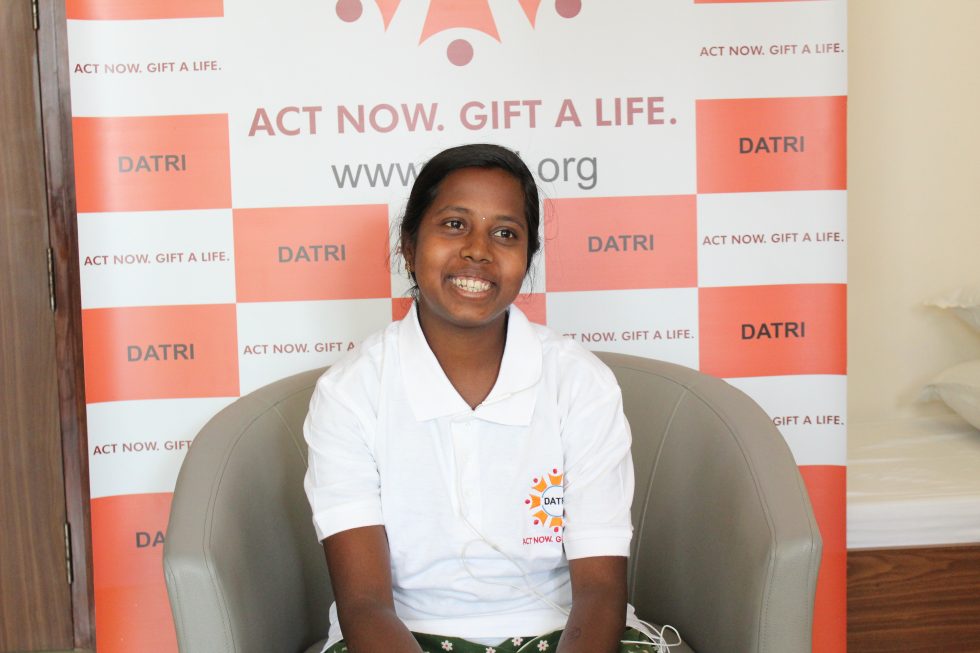image source: https://datri.org
Today, bone marrow donation is a crucial aspect of saving lives for those suffering from blood cancers and other conditions. In India, the first bone marrow donor played a pivotal role in paving the way for this life-saving procedure. Let’s delve into the story of the first bone marrow donor in India and how their selfless act has made a significant impact on the medical field.
Uncovering India’s First Bone Marrow Donor: A Trailblazing Tale
India has a rich history of medical advancements, with ancient texts dating back to 6th century BC mentioning the use of bone marrow in treating various ailments. However, it wasn’t until the 20th century that India’s first bone marrow donor was uncovered, paving the way for a trailblazing tale of medical breakthroughs and selfless acts of kindness.
In 1983, Dr. Sushil Kumar Gupta, a young hematologist at the All India Institute of Medical Sciences (AIIMS), was treating a 12-year-old patient named Amrita who was suffering from aplastic anemia, a condition in which the bone marrow fails to produce enough blood cells. Amrita’s only hope for survival was a bone marrow transplant, but finding a suitable match was a daunting task.
At that time, bone marrow transplants were still in its early stages in India and the concept of voluntary donors was relatively unknown. The only option was to find a family member who was a match, but unfortunately, Amrita’s two siblings were not compatible. Dr. Gupta then turned to the National Marrow Donor Program (NMDP), an international registry of volunteer bone marrow donors, for help.
After months of searching, a potential donor was found – a 21-year-old medical student named Manoj Jain from Mumbai. Jain was a match for Amrita and was willing to donate his bone marrow to save her life. This was a monumental discovery, as it was the first time a voluntary donor was identified in India.
Jain’s selfless act sparked a nationwide movement, with more and more people coming forward to register as bone marrow donors. In 1984, the Indian Society of Blood Transfusion and Immunohematology (ISBTI) established the National Bone Marrow Donor Registry (NBMDR) to facilitate bone marrow transplants and promote voluntary donation in the country.
Jain’s donation was a success and Amrita’s life was saved. However, the impact of this historic event went far beyond just one patient. It opened doors for further research and advancements in bone marrow transplants in India. Today, India has become a hub for bone marrow transplants, with state-of-the-art facilities and a large pool of voluntary donors.
Jain’s act of kindness also inspired others to step up and donate their bone marrow to save the lives of strangers. In 1994, the first unrelated bone marrow transplant was performed in India, proving that voluntary donation can be a viable option in cases where a family match is not available.
In recognition of his contribution, Jain was awarded the Padma Shri, India’s fourth-highest civilian award, in 1991. He continues to be an advocate for bone marrow donation and has been instrumental in setting up bone marrow registries in India.
The story of India’s first bone marrow donor is a testament to the power of selflessness and the impact one individual can have on society. It has not only saved countless lives but also paved the way for further advancements in the field of bone marrow transplants in India. Jain’s legacy continues to inspire others to come forward and be a part of this life-saving mission.In conclusion, the first bone marrow donor in India has paved the way for countless lives to be saved through the selfless act of donating bone marrow. Their courageous and altruistic decision has not only impacted the individual recipient, but also their families and the entire community. This milestone in the history of India’s medical advancements serves as a reminder of the power of humanity and the potential for one person to make a significant difference. Let us honor and remember the first bone marrow donor in India for their incredible contribution to the well-being of others.
Reference
- Mother of bone marrow charity boy kills herself, https://www.dailymail.co.uk/health/article-128138/Mother-bone-marrow-charity-boy-kills-herself.html
- Why are we reluctant to donate bone marrow?, https://www.dailymail.co.uk/health/article-382109/Why-reluctant-donate-bone-marrow.html
- My daughter’s bone marrow donor saved her from leukemia – and now we’re family, https://www.hellomagazine.com/healthandbeauty/mother-and-baby/550126/mum-shares-daughter-bone-marrow-donor-story/
- World Thalassemia Day: Parents’ Half-Matched Bone Marrow Cures Blood Disorder in Kids, Offers Hope to Many, https://www.news18.com/india/world-thalassemia-day-parents-half-matched-bone-marrow-cures-blood-disorder-in-kids-offers-hope-to-many-8882002.html
- Rotorua boy’s bone marrow donor plea strikes chord with engineering firm owners, https://www.nzherald.co.nz/rotorua-daily-post/news/rotorua-boys-bone-marrow-donor-plea-strikes-chord-with-engineering-firm-owners/7KZT2C7R6VHMBJQD7T6B526BBY/
